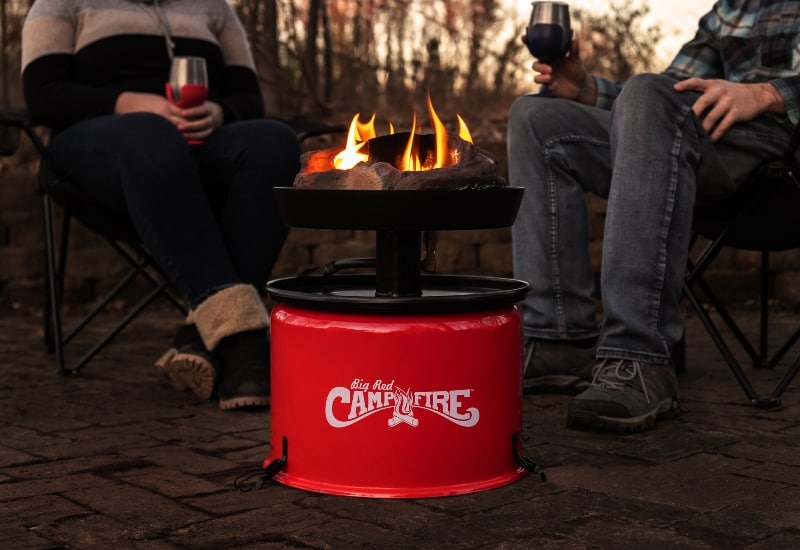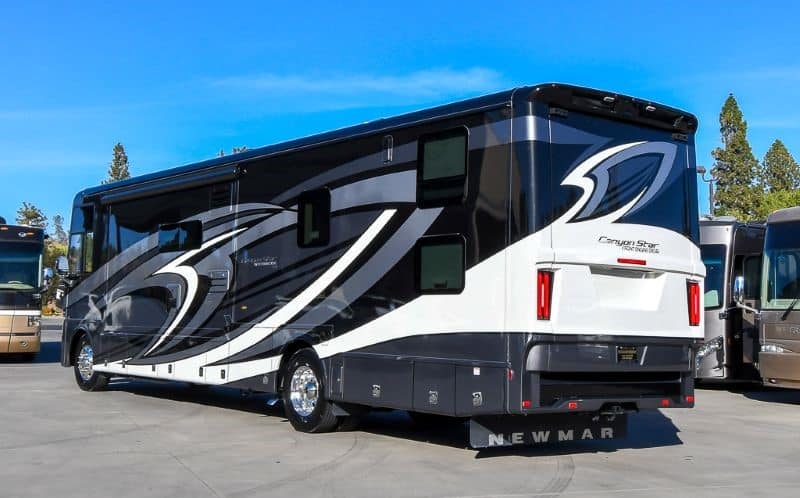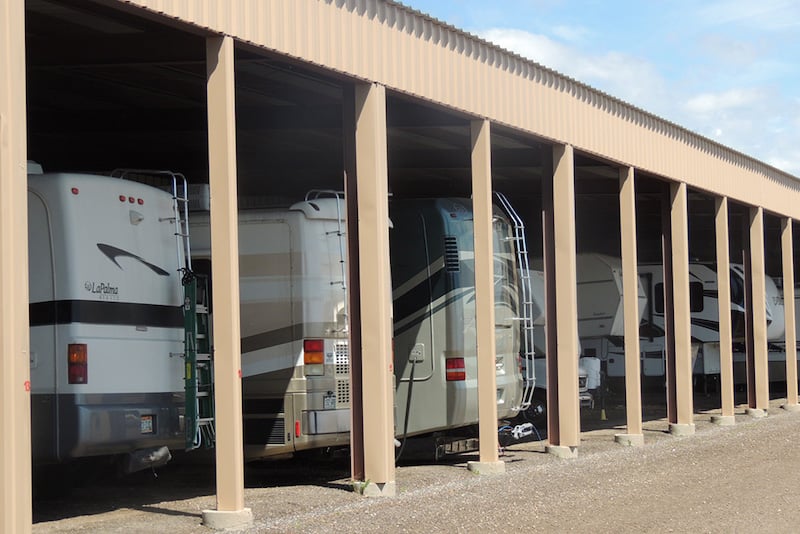The 20-lb propane tank is one of the most versatile energy sources on the planet and a staple in backyard barbeques and camping. Portability is a huge plus, but the problem is always a matter of longevity. How long will 20-lb propane tanks last for fire pits? It doesn’t take long to empty these tanks.
For most people, it’s not like you can go inside and refill your propane tank at the nearest outlet. No, you’ll either drive down to the convenience store and make an exchange or head off to the nearest Tractor Supply, Uhaul, Walmart, Home Depot, or hardware store.
The BTU rate of your gas firepit, how high you crank things up, the propane tank’s BTU output, and how long you use the fire pit all play a role in how long your 20-lb propane tanks last for fire pits.
Do Propane Fire Pits Use a Lot of Propane?
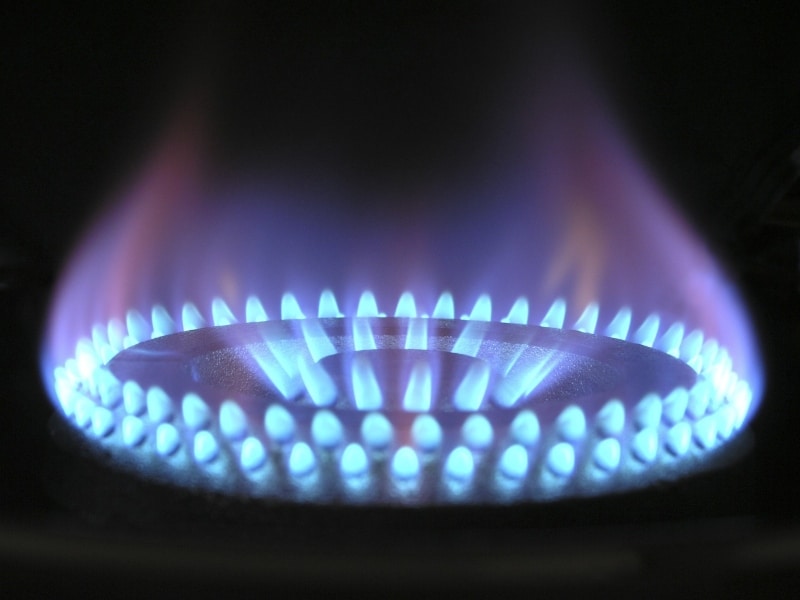
The bottom line with propane is convenience. Nothing beats a wood fire pit, but you get to avoid all the backbreaking work of gathering fuel, putting everything together, and staying on top of it as the large chunks of wood turn to red-hot coals.
Propane fire pits use a lot of propane when you crank up the dial on the pit. How much propane the fire pit uses depends on the fire pit. Some have a high enough setting to gobble up all your propane in less than an hour.
It’s all based on that BTU rating, which stands for British Thermal Unit. In some fire pits, the BTUs are low enough that even cranked to the max, it will take up to four hours to burn up all the propane in your tank.
How Long Will 20-LB Propane Tanks Last on Fire Pits?
Since there is such a wide disparity in the types of fire pits, it’s not worth risking our reputation to tell you a solid number. For one, we would be incorrect, and for two, we could be very incorrect. It’s a safe bet that you will get between 3 and 9 hours out of your propane tank once you fire up the pit.
Wow—a six-hour difference? Really? That’s just the way the cookie crumbles. There are so many propane fire pits on the market it makes for a difficult judgment call in the right amount of time.
Fortunately, there are ways for you to figure it out on your own, based on your handy dandy fire pit. All you need to know is the BTU on your firepit. Propane tanks are sold based on pounds or gallons. Propane tanks have an average of 430,000 BTUs per 20 lb. tank.
How Much Propane Will a Fire Pit Use Per Hour?
Everything, from this point on, is an approximation. Several little things are going to throw the math out the window. The 80% Fill Rule for Propane Tanks requires that they are never filled beyond 80% capacity. It allows the gas to expand inside the tank as it warms.
Let’s say your fire pit has a burn rate of 70,000 BTUs per hour. All you need to do is divide 70,000 BTUs into 430,000 BTUs. The result is 6.14 hours. Simple as that. If you’re itching for something a little more informative, here’s a good table for reference:
| Burner Style | Burner Size | BTU Variant | Burn Time |
| Round Drop-In Pans | 13”19” | 48,000 BTU92,000 BTU | 9 Hours4.5 Hours |
| Round Burner Rings | 6”12” | 48,000 BTU92,000 BTU | 9 Hours4.5 Hours |
| H-Burners | 18”24” | 75,000 BTU125,000 BTU | 6 Hours3 Hours |
| H-Burner Drop-In Pans | 18”30” | 70,000 BTU125,000 BTU | 6 Hours3.5 Hours |
| Linear Burner Drop-In Pans | 36”48” | 65,000 BTU91,000 BTU | 6.5 Hours5 Hours |
CSA Burner Kits | 10” x 10”36” x 12” 48” x 6” | 37,000 BTU65,000 BTU145,000 BTU | 11.5 Hours6.5 Hours3 Hours |
There are more than this, but you get the idea. If you multiply any one of the BTUs in this table by the number of hours, you will get close to or right on the 430,000 BTU typically found in a 20-lb propane tank.
How Do You Calculate Fire Pit Fuel Consumption?
The above information is great if you’re using 20-lb propane tanks for fire pits, but it’s all an average or an approximation. Not everyone is rocking a 20-lb propane tank. There is more than one size, after all.
Plus, propane tanks aren’t sold based on their BTU rating. It’s certainly there, but it’s mostly a hidden number. They’re sold by the gallon or by the pound, which means you will have to calculate it based on that.
Fortunately, all you need is a number. A gallon of propane is the equivalent of 91,502 BTU. The capacity of a 20-lb propane tank is 4.6 gallons. After you take 80% from 4.6 gallons, you get 3.68 gallons. Since you know the BTUs in 3.68 gallons, you can calculate your fuel consumption based on the BTU rate of your fire pit.
What’s the Minimum Size Propane Tank You Need for a Fire Pit?
You can use a 1-lb propane tank for a fire pit as the absolute minimum, but this approach has a few problems. The first problem is that it won’t last very long, even if you have a relatively small fire pit with a low BTU rating. You’ll get about half an hour on a 6” burn ring.
The second problem is finding an adapter to fit the 1 lb. tank to your fire pit. The standard thread on most fire pits won’t match the thread on a 1 lb. tank. You can find an adapter, but it’s something you need to order separately. All in all, it’s not the best idea.
The standard and most popular option for fire pits is the 20 lb tank, and that’s what you should go with.
How Can I Make My Propane Tank Last Longer?
Turn the flame down. Of course, if it’s 15°F outside, you probably don’t want to do that. Plus, one person in the group always sets their home thermostat to 80°F in the spring and fall months. They’ll freeze no matter what you do.
But the fact remains the best way to make your 20-lb propane tanks last for fire pits longer is to turn the flame down. The good news is, it’s not the only way. Some fire pits come with a glass or metal wind guard. If not, you can purchase your own or get innovative and come up with something that protects the flame and disperses the heat.
The more your flame is affected by the wind, the more propane is wasted.
Is Propane the Most Efficient Fuel Source for Fire Pits?
Outside of a wood fire, propane is your fire pit’s most efficient fuel source. There are two reasons for this. Propane provides more than twice the BTUs of heat that natural gas does at the same rate.
Propane is also portable. You can take it anywhere as long as you have room for the tanks. If you live on the road in a travel trailer and want to set up an outdoor movie, your propane tanks will be happy to attend this auspicious event.
Lastly, natural gas is only accessible if installed in your home, and you can access a gas line outside your house.
What Factors Affect How Long a Propane Tank Will Last?
Propane is a fantastic, highly portable option, whether running a fire pit or deep frying a turkey. For the most part, your propane tank will last as long as you expect it to, especially if you have a lot of experience using propane. There are only a few things that affect a fire pit’s longevity.
- How many BTUs your fire pit is rated for
- How wide open you crank that valve
- How much is the flame exposed to the wind?
These are all factors you can minimize. You can add a glass windshield, keep the fire burning low, or purchase a fire pit that isn’t a 150,000 BTU mega-fire pit. Even then, you have a lot of control over how long your propane tank lasts.
When looking for the Perfect Size RV, make sure you also look at the size of the built-in propane tank on the motorhome you’re considering. If you are going to feed your fire pit off of your RV’s tank instead of a separate 20-lb tank, you want to make sure you will have enough gas to run all of your systems and the fire pit outside.
Are Certain Fire Pits More Fuel Efficient Than Others?
Some fire pits aren’t necessarily more fuel efficient than others. You control the rate at which the propane flows, both at the tank and the fire pit. Some fire pits won’t put out more than 45,000 BTUs per hour. That’s their maximum.
They aren’t more fuel efficient, but they gobble up fuel slower. After all, you can adjust a 125,000 BTU fire pit, so it’s only at 45,000 BTUs.
Is it Expensive to Run a Fire Pit on Propane?
Propane is more expensive than natural gas. If you have a fire pit on the back deck and you’re running a natural gas line to it, you will pay an eighth of the cost. Propane burns up cash at the rate of $0.65 per 1,000 BTUs. Natural gas burns about $0.12 per 1,000 BTUs.
That adds up fairly quickly. The BTU rating of your fire pit will drive costs up or down, depending on how high the BTUs are. For instance, at 65,000 BTUs, propane costs $4.25 per hour compared to $0.80 per hour with natural gas.
At 165,000 BTUs, propane costs $10.75 per hour against natural gas’ $2.05 per hour. Propane remains the most popular, portable option for gas fire pits thanks to its portability.
4 FAQs About How Long Your Propane Tank Will Last with a Fire Pit
1. Is it Safe to Run a Fire Pit with Propane?
It’s as safe to run your fire pit with propane as it is to run a natural gas stove or to burn in a woodburning stove. Like either of the two comparisons, however, you should never let anything burn without keeping an eye on it. If you tend to burn frozen fries and biscuits all the time, don’t leave the propane fire pit unattended.
2. Can a Propane Tanks Explode if it Gets too Close to a Fire Pit?
Propane tanks are manufactured using 3mm thick steel plates and DOT (Department of Transportation) for 12 years from the date of manufacture. If the temperature of those steel plates rises enough, it will increase the interior pressure of the tank to a point where the plates become compromised, resulting in an explosion.
3. Do You Have to Turn off the Propane on Your Fire Pit?
You should always turn off the valve on your fire pit, but only after you close the valve from the propane tank. That way, you’ll burn up residual propane in the line. It’s always a good idea to close the fire pit valve so no humidity makes its way into the piping infrastructure on the pit.
4. Is a Propane Fire Pit Better than a Wood Fire Pit?
If you could hear our collective sighs, it would only be because this is not an argument worth getting into. Mostly because it’s entirely subjective, depending on the viewpoint of the person starting the fire. There’s something special about a wood fire, though, isn’t there?
What’s the Best Portable Propane Firepit?
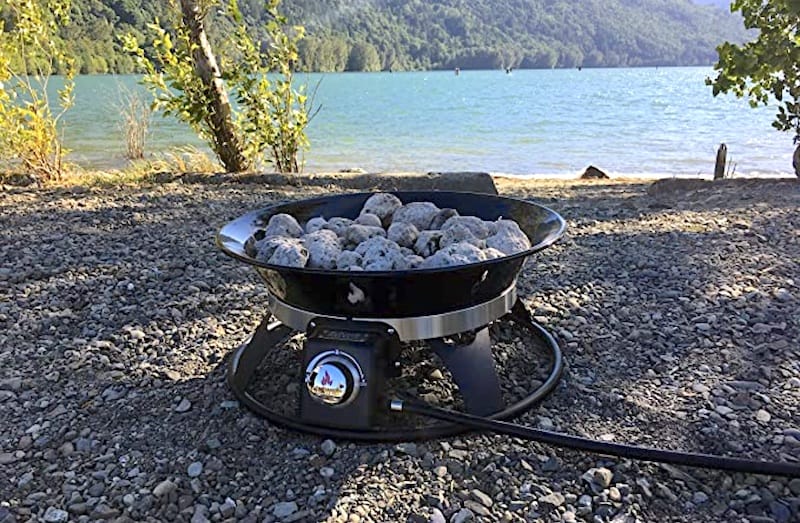
We chose to buy the 21″ Outland Portable Fire Pit. It is the perfect size for us! We have seen the 19″ model, and it was too small. But the 21″ is a perfect size, and it comes with a Helio burner, so the fire looks more realistic.
We also bought a 24′ propane extension hose with a quick connect, so it plugs right into the quick connect propane outlet on our RV. 24′ of hose allows us to place the fire pit a safe distance from our RV, and we also use the hose to fuel our propane grill!
We love our propane fire pit because we can enjoy a fire in the evening without smelling like smoke or having to douse the fire and smoke up the entire campground.
Are Propane Fire Pits Worth It?
Propane fire pits are more than worth it if you enjoy their portability and ease of use. They’re especially worth it if you love backyard fires and hate the idea of buying truckloads of firewood. You also don’t have to worry about the smoke. You also don’t have to worry about yourself and your clothes smelling like smoke.
Outside of that, it just depends on what you want. There are many reasons to like and use propane beyond fire pits. It is a little on the expensive side, outstripping both natural gas and wood fires. But the ease of use, portability, and cleanliness of propane makes up for the expense.
About the Author:
Thomas Godwin is a full-time freelance writer with a BFA in Creative Writing, a U.S. Marine, and an avid outdoorsman.
When he’s not writing, he’s raising chickens and Appleyard ducks. Thomas also constructs teardrop campers (attempting to anyway) and kayaks the Blackwater River with his wife, two daughters, and his Dobermans.


